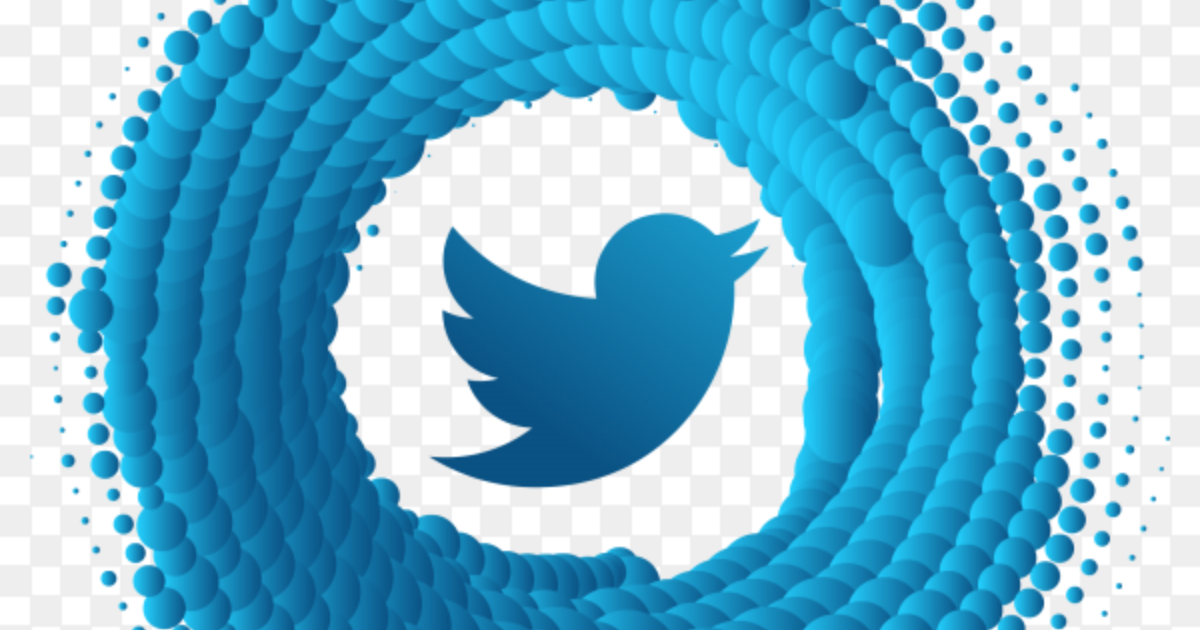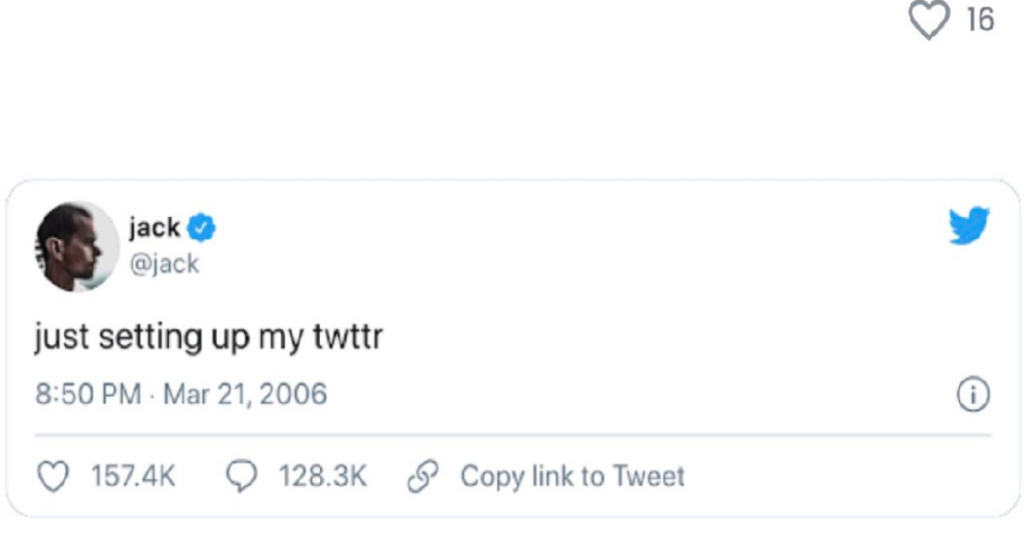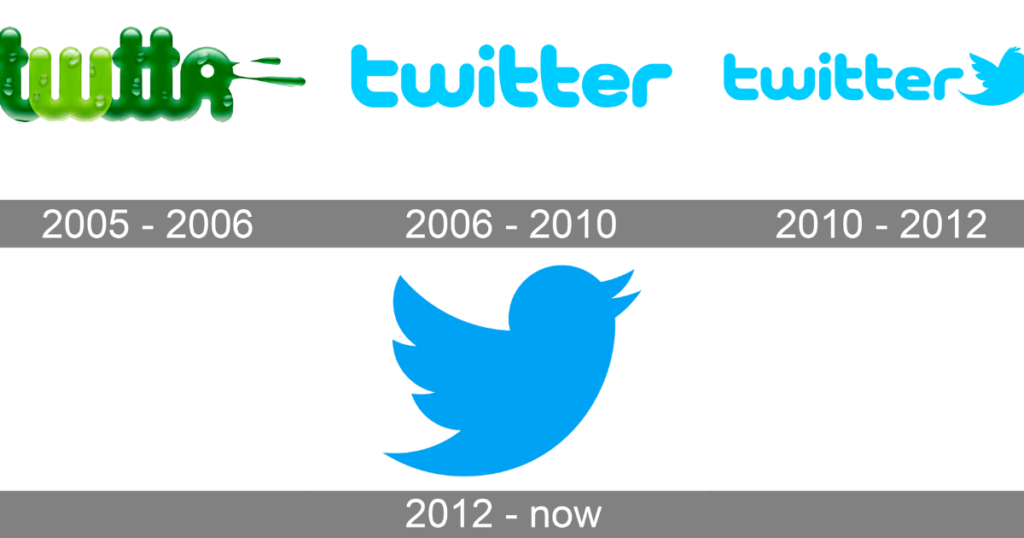Appraisal of Twitter's Journey as it Rolls Out New Features

Twitter’s importance in our daily lives cannot be overstated; from politics to pop culture to ordinary discourse, the microblogging site now serves a considerably different role than it did a few years ago. Twitter was founded in 2006 by Jack Dorsey, Noah Glass, Evan Williams, and Biz Stone to communicate daily status updates with friends and acquaintances.
Nonetheless, Twitter has grown into a PR-infused media channel, bringing news headlines and stories front and center on everyone’s feed. PR professionals and journalists actively use this medium to promote their content and advance their careers. Aside from shaping conversations, it also enable publicists to communicate and receive information in real-time and produce content that reaches audiences in seconds.
According to Forbes, journalists adore Twitter and use it to break the news, promote their articles, blogs, opinions, forthcoming and previously aired TV appearances, and more. This function means that Twitter has evolved into a publicity tool, and those who use it to its most significant potential can build a more extensive, engaged following.
The $44 billion company reportedly has over 1.3 billion accounts with 330 million active users, 211 million monetized daily active users, 500 million daily tweets, and 23 percent of the internet population.
Twitter’s Journey
Twitter was formerly known as Twttr! It was popular then for companies to omit vowels from their names. Consider social media platforms such as Flickr, Tumblr, and Scribd.
Jack Dorsey published the first Tweet on March 21, 2006, at 9:30 pm PST.

However, not long after Twttr’s introduction, the firm had a complete makeover and changed its name to Twitter. In addition, the company has undergone numerous adjustments and reforms to keep ahead of the competition.
- June 2009: Twitter launched verified accounts in response to numerous high-profile celebrities complaining about impersonation on Twitter. Individuals and businesses now use the verification tick to show that an account of “public interest” is genuine.
- July 2009: Twitter adds hyperlinks to #hashtags. People had already been using hashtags in their tweets to refer to specific events and themes, but now they could learn more about them simply by clicking on them. This addition was a tremendous step forward for Twitter.
- November 2009: Twitter implements retweeting. Previously, users would republish someone else’s tweet by beginning their own with RT. Twitter finally caught on and offered retweeting so users could do this effortlessly, with the click of a button.
- September 2010: Twitter launched “New Twitter,” the most significant overhaul to the website’s interface. The design was utterly over-hauled, and videos and photographs are now visible on Twitter.
- June 2012: Links pasted into a tweet now have a content preview, image, or video of the link. This made the content shared by URL a lot more dynamic and engaging.
- January 2013: Twitter launched Vine, an app that allowed you to shoot and share six-second looping videos. Videos were viewable on Twitter. The Vine experiment was interesting, with the intention for the platform to be a way to capture “casual moments in their [users] lives and share them with friends.”
- June 2014: Animated GIFs were finally able to be shared and viewed across all of Twitter’s platforms (desktop, mobile, and app).
- March 2015: Periscope, an app that allows live streaming, was acquired by Twitter for a reported $85million. This highlighted a growing trend for live streaming across social media.
- October 2015: Twitter introduces poll questions to their Tweets, allowing users to ask polling questions with up to 4 possible answers.
- November 2017: The character limit of tweets increased from 140 to 280. The official announcement from Twitter was met with equal praise and criticism.
- December 2017: Twitter adds a plus button to quickly generate threaded tweets, just a month after upping the character limit.
- June 22, 2022: Twitter is rolling out its closed caption choice to all users on iOS and Android, making videos more accessible to deaf and hard-of-hearing users. Auto captions are accessible in over 30 web, iOS, and Android languages, including English, Spanish, Japanese, Arabic, Thai, Chinese, Hindi, and others.
- When a video with caption is available, the CC button will show in the top-right corner. Then, hit the button to toggle caption on or off.
Easing Space Launch: To make it easier for customers to start a Space, Space is launching two iOS experiments. The first trial will let iOS users launch a Space directly from the tweet composer.
To do so, go to the tweet composer and touch on the Spaces icon to create a new space. In the second experiment, iOS users can start a space from the retweet menu. When you launch a Space from the retweet menu, it skips the typical setup and goes live right away. The tweet will then be auto-pinned to the top of the Space.
The long-form: This enables users to write and publish long-form content – writing on Twitter beyond the current 280 characters- A small group of writers in the United States, Canada, Ghana, and the United Kingdom now have access to Notes as part of the initial testing phase.
According to Twitter, Notes can be read on and off Twitter by users in most countries. Users participating in the testing phase will gain access to a new “Write” tab, where they can write and access all of their Notes. In addition, these users’ profiles will also get a new “Notes” tab that will house their published work, making it easier for their followers to access long-form content.
Furthermore, Twitter said it is developing a new way for presenters and speakers to exchange tweets in a Space through the retweet option.
The changing face of Twitter
Over the years, the Twitter logo has also undergone some exciting iterations.

By 2009, the classic blue bird Twitter logo had evolved into a cartoon character named Larry the Bird (after Larry Bird, the Hall of Fame basketball player). Twitter co-founder Biz Stone chose the name because he is from Boston and a Celtics fan. However, he (the Twitter icon, not the person!) was later stripped of his identity, becoming more of a silhouette and being labeled simply as Twitter Bird.
Over the years, Twitter has helped amplify the minority voices and deepen conversation across the African continent as state actors continue to clamp down on free speech. for instance; it was very instrumental in amplifying the voices of the Nigerian youths as they came together to call for an end to police brutality using the famous #EndSARS in October 2020.
The platform also helped garner support where top celebrities like Kanye West, Beyoncé, Rihanna, Anthony Joshua, Trey Songz, Cardi B, Lil Baby, John Boyega, Nasty C, and Estelle Fanta Swaray, among others, lend their voices to the struggle.
Over the years, the microblogging platform has undergone various iterations; name changes, logo changes, and increased word count, it is expected that with Elon Musk offer to buy Twitter, he will introduce more reforms that will allow the platform to continue to support free speech going by his April 25th tweet, where he tweeted, “Free speech is the bedrock of a functioning democracy, and Twitter is the digital town square where matters vital to the future of humanity are debated.” Musk said. “I also want to make Twitter better than ever before by enhancing the product with new features, making the algorithms open source to increase trust, defeating the spam bots, and authenticating all humans. Twitter has tremendous potential – I look forward to working with the company and the community of users to unlock it,” he concluded.
